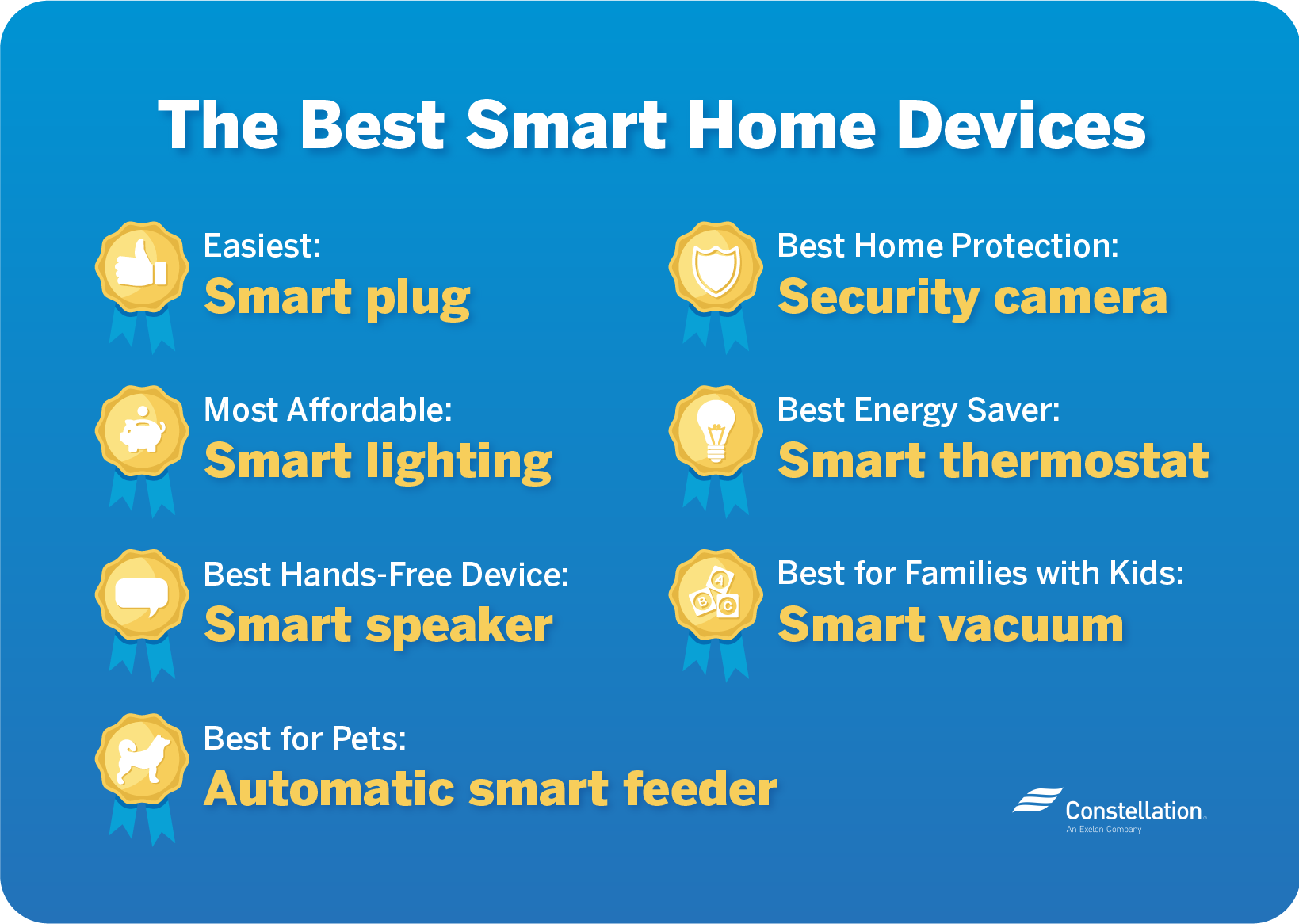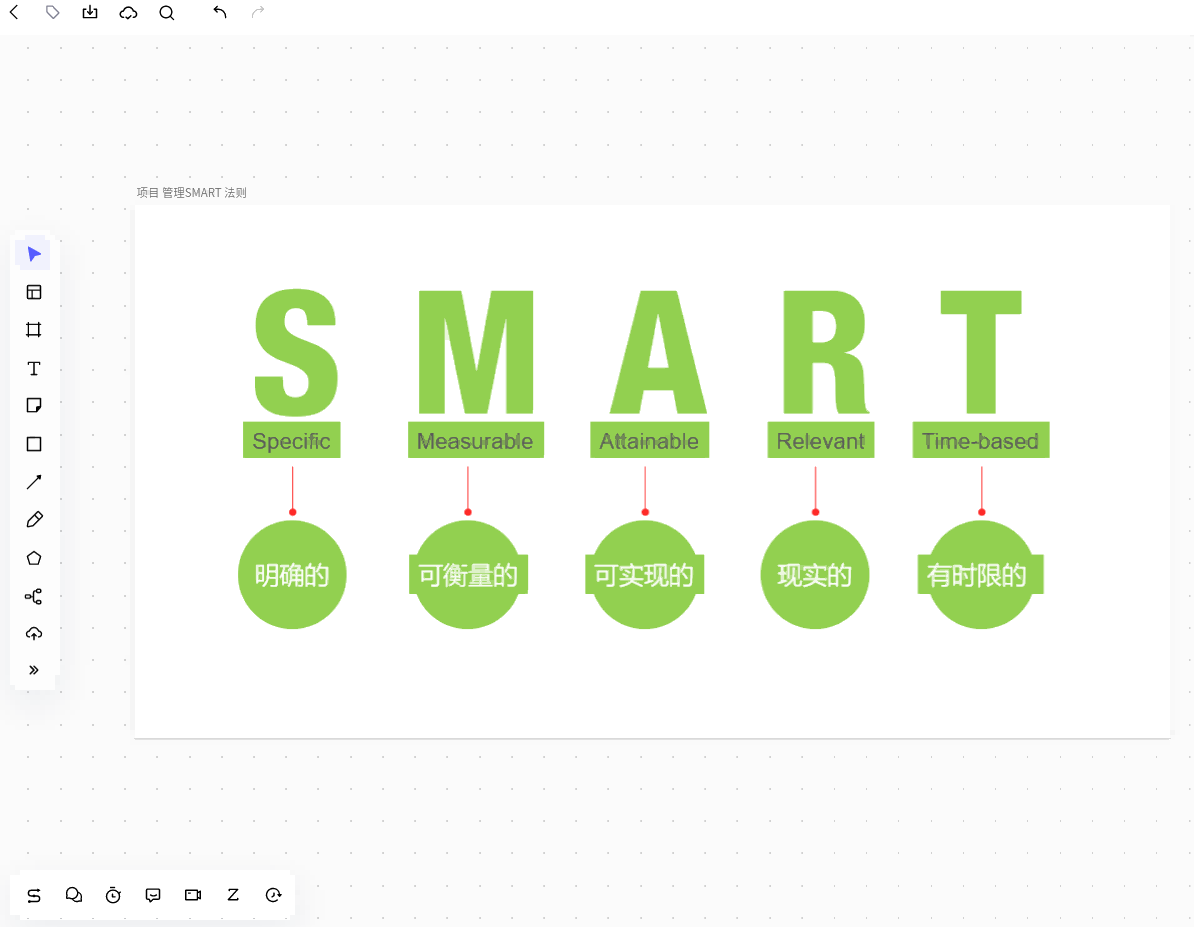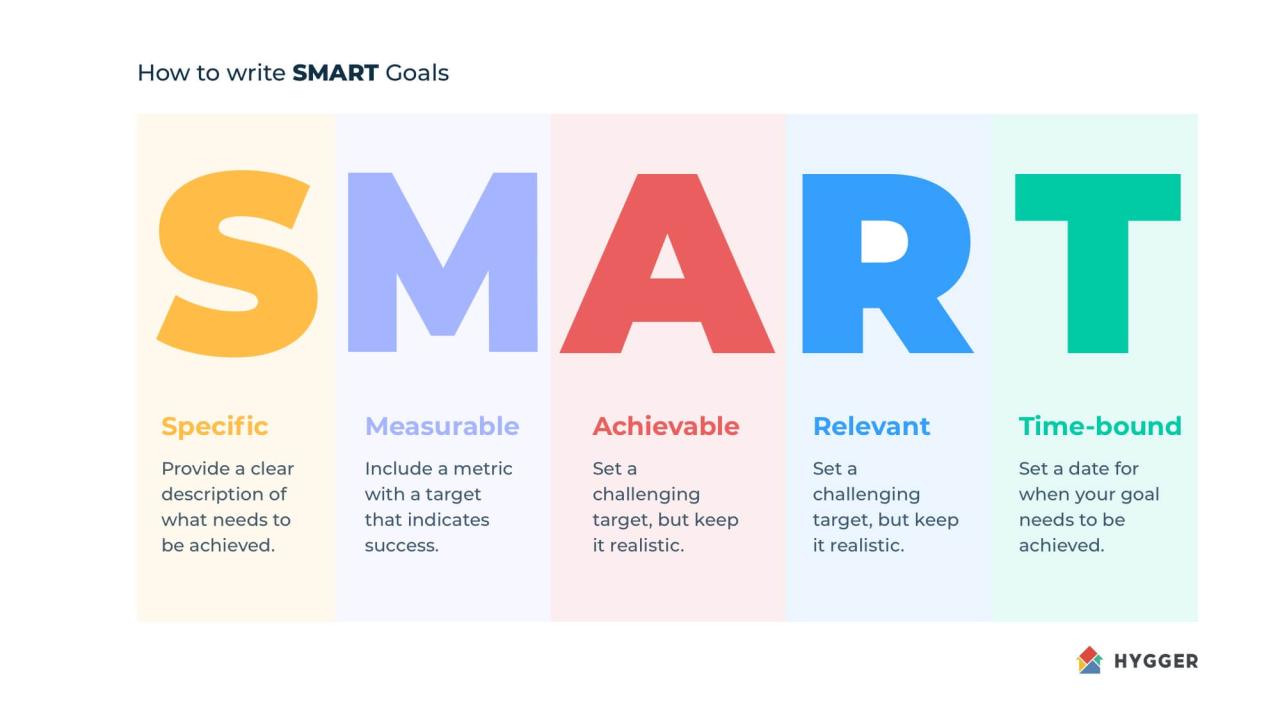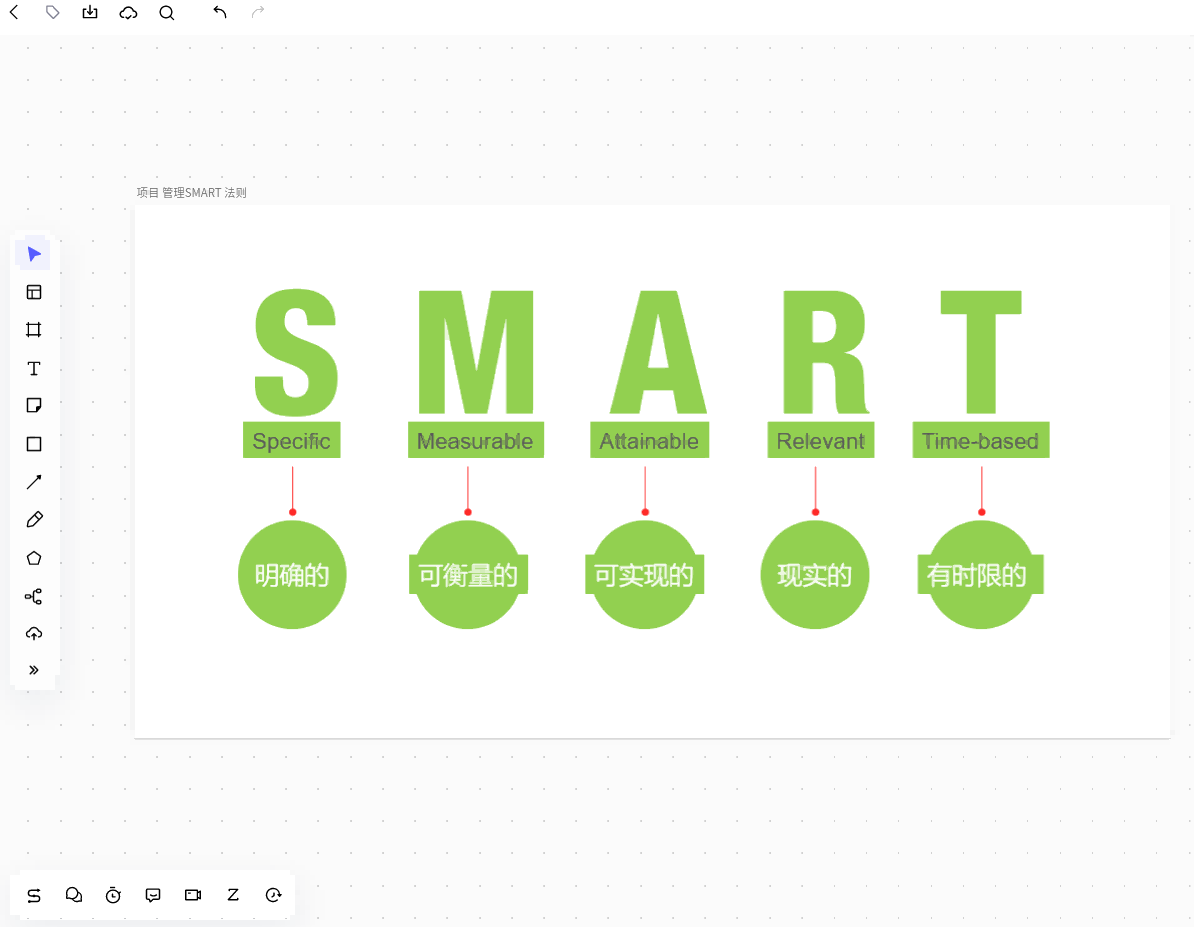Smart devices are transforming the way we interact with our homes and the world around us. From smart thermostats that learn our preferences to voice-controlled assistants that manage our schedules, these technologies offer unparalleled convenience and efficiency. Over the last decade, the evolution of smart devices has made them more accessible, intelligent, and integral to our daily lives, shaping the future of home automation.
As we delve deeper into the functionalities, benefits, and challenges of smart devices, we uncover how they have become indispensable tools in modern households, enhancing our lifestyles while introducing new considerations that we must navigate.
Smart Devices Overview
Smart devices have transformed the landscape of modern living, integrating advanced technology into everyday household activities. These devices are capable of connecting to the internet and can communicate with each other, allowing for seamless automation and enhanced user convenience. They embody the essence of the Internet of Things (IoT), creating smart environments that adapt to the needs of the user.
The functionalities of smart devices vary widely, from simple tasks such as turning lights on and off remotely to more complex operations like monitoring home security or managing energy consumption. They can be controlled via smartphones, voice commands, or even automated schedules, providing users with unprecedented control over their surroundings.
Common Smart Devices in Households
The proliferation of smart devices has led to many options available for consumers. Some of the most common smart devices found in households today include:
- Smart Speakers: Devices like Amazon Echo and Google Nest enable voice-activated commands, allowing users to play music, set reminders, or control other smart devices hands-free.
- Smart Thermostats: Products such as the Nest Learning Thermostat optimize heating and cooling by learning user schedules and preferences, leading to increased energy efficiency.
- Smart Lights: Philips Hue and similar smart lighting solutions allow users to control brightness and color through apps or voice commands, creating customizable ambiances.
- Smart Security Cameras: Brands like Ring and Arlo provide real-time monitoring and alerts, contributing significantly to home security through remote access and motion detection.
- Smart Appliances: Refrigerators, ovens, and washing machines from various manufacturers can now be monitored and controlled via smartphone apps, offering convenience and efficiency in daily chores.
The impact of these devices extends beyond mere convenience; they foster energy conservation, enhance security, and contribute to a more connected lifestyle.
Evolution of Smart Devices
Over the past decade, smart devices have seen remarkable advancements, evolving from rudimentary remote-controlled gadgets to sophisticated systems capable of machine learning and predictive analytics.
Initially, smart devices were limited to basic functionalities, such as remote access and simple automation. However, with the advent of improved connectivity technologies like Wi-Fi and Bluetooth, alongside the development of cloud computing, these devices have grown significantly in capability. Modern smart devices can now utilize artificial intelligence (AI) to learn user preferences and behavior patterns for enhanced personalization.
The rise of platforms such as Apple HomeKit, Google Home, and Amazon Alexa has further facilitated the integration of various devices into a cohesive ecosystem. This level of interoperability allows users to manage multiple devices seamlessly, enhancing the overall user experience.
“The future of smart devices lies in their ability to interact intuitively with users and adapt to their needs.”
As a result, the smart device market has expanded dramatically, with millions of units sold worldwide, reflecting a significant shift in consumer behavior towards automation and smart living. This evolution indicates a promising trajectory for smart technology in everyday life, making homes smarter and more efficient.
Benefits of Smart Devices

Smart devices have revolutionized the way we interact with our living and working environments, creating a seamless blend of convenience, efficiency, and security. These technological advancements cater to the fast-paced lifestyle of modern society, enhancing daily tasks with ease and comfort. This section dives into the three primary benefits of smart devices: enhanced convenience, energy efficiency, and improved security.
Convenience in Daily Life
Smart devices streamline various aspects of day-to-day living, making tasks simpler and more manageable. With the integration of smart home technology, users can control multiple devices from a single interface, often through their smartphones or voice commands. This interconnectedness not only saves time but also eliminates the hassle of manually operating each appliance.
- Remote Accessibility: Smart devices allow users to access and control home systems from virtually anywhere. For instance, a homeowner can adjust their thermostat or turn off lights while at work, ensuring they come home to a comfortable environment.
- Automation: Scheduling routines through smart devices can optimize household tasks. For example, a smart coffee maker can start brewing coffee automatically each morning, aligning with the user’s wake-up time.
- Integration: Smart devices work collectively, enhancing the user experience. Smart speakers can sync with home security cameras, providing real-time updates and notifications, ensuring users stay informed about their home environment.
Energy Efficiency Advantages
The implementation of smart devices significantly contributes to energy conservation, reducing overall consumption and costs. By intelligently managing energy use, these devices not only benefit the environment but also lower utility bills for consumers.
- Smart Thermostats: Devices like the Nest Learning Thermostat analyze user habits and adjust heating and cooling settings accordingly. This results in energy savings of up to 15% on heating and cooling bills per year.
- Energy Monitoring: Smart plugs and energy monitors allow users to track energy consumption in real time. This data enables informed decisions about energy use, such as identifying which devices consume the most power.
- Adaptive Lighting: Smart lighting systems can be programmed to turn off automatically when no one is present in the room, significantly reducing electricity waste and leading to lower energy costs.
Security Improvements in Home Automation
Smart devices also enhance home security through advanced technology that monitors and protects residential environments. With features designed for safety and surveillance, homeowners can feel more secure within their spaces.
- Smart Cameras: Devices equipped with motion detection and live streaming capabilities alert homeowners to unusual activities in real time. Users can monitor their property remotely, providing peace of mind.
- Smart Locks: Keyless entry systems allow for remote locking and unlocking of doors, enabling homeowners to grant access to visitors without being physically present. This feature enhances security and convenience.
- Alarm Systems: Integrated smart alarm systems can automatically notify the homeowner and authorities in case of a security breach, ensuring a prompt response to potential threats.
Challenges and Concerns: Smart Devices

As smart devices become increasingly integrated into our daily lives, a host of challenges and concerns arise, particularly regarding privacy, security, and compatibility. These issues require careful consideration by consumers, manufacturers, and policymakers alike to ensure a safe and seamless experience in the growing smart technology landscape.
Privacy Issues Related to Smart Devices
Smart devices often collect a vast amount of personal data, ranging from usage patterns to sensitive information. This data collection raises significant privacy concerns, as users may not always be aware of the extent to which their data is being gathered and utilized. Additionally, many smart devices operate on cloud-based platforms where data may be stored indefinitely.
The implications of this data collection can be profound. For instance, a smart home assistant might retain voice recordings, which could be accessed by unauthorized parties. Furthermore, a survey conducted by Pew Research Center revealed that 81% of Americans believe that the potential risks of data collection by companies outweigh the benefits.
Security Threats from Vulnerabilities in Smart Devices
The interconnected nature of smart devices creates potential security vulnerabilities that malicious actors can exploit. Many smart devices come equipped with minimal built-in security measures, making them easier targets for cyberattacks.
Examples of such vulnerabilities can be seen in IoT devices that are not regularly updated or have default login credentials, allowing hackers to gain unauthorized access. The Mirai botnet attack, which hijacked vulnerable IoT devices to launch distributed denial-of-service (DDoS) attacks, serves as a notable case. Such attacks not only compromise individual privacy but can also disrupt critical infrastructure, showcasing the need for robust security frameworks.
Compatibility Issues Between Different Brands of Smart Devices
As the market for smart devices expands, compatibility issues between different brands have become a significant challenge. Often, devices from various manufacturers do not seamlessly integrate, leading to a fragmented ecosystem that can frustrate users.
To illustrate this point, consider the example of a user wishing to set up a smart home system that includes devices from multiple brands. If the smart lighting system is not compatible with the smart thermostat, the user may face difficulties in achieving a fully integrated home automation experience. Consequently, the lack of standardized protocols can hinder the functionality of smart devices, driving consumers to remain loyal to a single brand, which limits their options.
In conclusion, while smart devices offer remarkable benefits, it is essential to navigate the associated challenges of privacy, security, and compatibility with caution and awareness. The future of smart technology relies on addressing these concerns effectively to foster consumer trust and enhance overall user experience.
Future of Smart Devices

The landscape of smart devices is rapidly evolving, driven by advancements in technology, shifting consumer preferences, and a growing demand for interconnectedness. As we look ahead, several emerging trends and innovative devices are poised to reshape our daily interactions with technology.
The future of smart devices will heavily feature enhanced integration of artificial intelligence (AI), which is expected to revolutionize how these devices operate and interact with users. This evolution will not only improve functionality but also greatly enhance user experience through personalized interactions and predictive capabilities.
Emerging Trends in Smart Device Technology
The following trends are anticipated to play a critical role in the development of smart device technology over the coming years:
- Increased Interoperability: Devices will become more capable of communicating across different platforms and ecosystems, leading to a seamless user experience.
- AI and Machine Learning Integration: Enhanced AI will enable devices to learn from user behavior, allowing for personalized recommendations and automation of routine tasks.
- Advanced Security Protocols: As smart devices proliferate, robust security measures will be implemented to protect user data and privacy.
- Wearable Technology Expansion: The market for smart wearables is expected to grow, with devices becoming more sophisticated in health monitoring and data analytics.
- Smart Home Ecosystems: Comprehensive smart home solutions will consolidate multiple devices into cohesive systems, simplifying management and enhancing functionality.
Innovative Smart Devices Expected to Launch
The following innovative devices are set to make a significant impact on the market in the near future:
- Smart Glasses with AR Capabilities: These devices will overlay digital information onto the real world, enhancing productivity and entertainment experiences.
- AI-Powered Personal Assistants: Advanced assistants will utilize natural language processing to offer more human-like interactions and support a wider range of queries.
- Smart Health Monitoring Devices: Wearable devices that continuously track vital signs and provide real-time health insights will revolutionize personal healthcare.
- Automated Home Management Systems: Systems that integrate various smart home devices to manage energy usage, security, and comfort automatically.
- Smart Appliances: Appliances that can learn user preferences and adjust their operations accordingly to improve efficiency and user satisfaction.
Role of AI in Future Smart Devices
Artificial Intelligence will be at the core of future smart devices, enabling them to operate with increased autonomy and intelligence. Key insights into this integration include:
- Predictive Analytics: AI will analyze user data to anticipate needs and offer solutions before the user even makes a request, enhancing convenience.
- Natural Language Processing: Devices will better comprehend and respond to human speech, allowing for more intuitive interactions.
- Behavioral Adaptation: Smart devices will learn from user interactions and preferences, adjusting their functionality to better fit individual lifestyles.
- Enhanced Data Security: AI will be utilized to detect and respond to security threats in real-time, safeguarding user information.
- Energy Efficiency Optimization: AI will manage energy usage in smart homes by learning patterns and optimizing device operations accordingly.
Essential FAQs
What are smart devices?
Smart devices are electronic gadgets that connect to the internet and can be controlled remotely, often providing automation, convenience, and data collection.
How do smart devices improve energy efficiency?
They optimize energy use by learning habits, allowing homeowners to manage consumption, schedule operations, and receive alerts for unusual usage patterns.
Are smart devices secure?
While many smart devices have robust security measures, vulnerabilities can exist, making it essential for users to keep software updated and follow best practices for security.
Can smart devices work with other brands?
Compatibility varies; some devices may work seamlessly together while others may require specific hubs or applications to integrate different brands.
What trends can we expect in smart device technology?
Emerging trends include increased AI integration, enhanced voice recognition, and the development of more personalized smart home experiences.
When discussing the realm of home automation, the integration of google nest google home is pivotal. These devices work seamlessly to enhance your living experience by allowing voice control and smart connectivity. As you explore this technology, you’ll discover how it transforms not just convenience but also lifestyle, making your home smarter with every command.
Embracing a smart home google setup can significantly elevate your daily routines. With smart appliances and integrated systems, you can manage everything from lighting to security with ease. This innovative approach not only simplifies tasks but also contributes to energy efficiency, showcasing how modern technology can enrich our living spaces.

